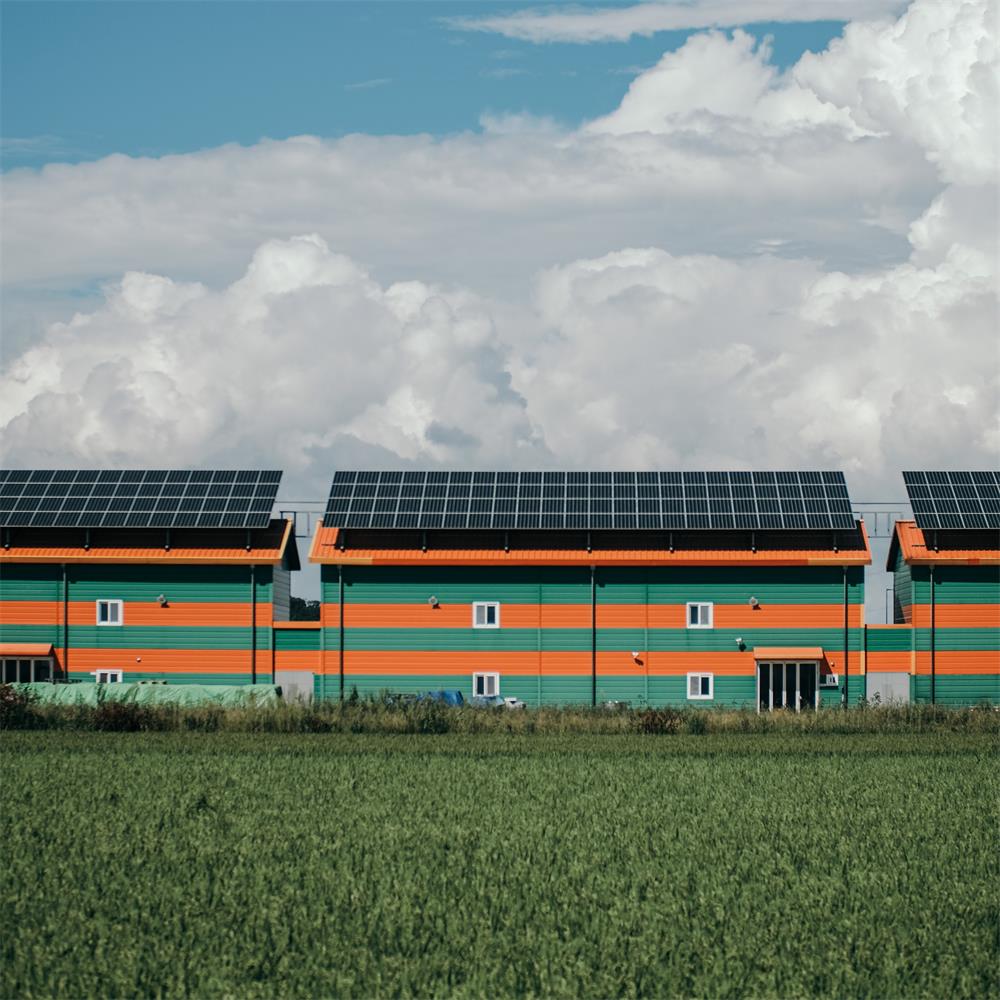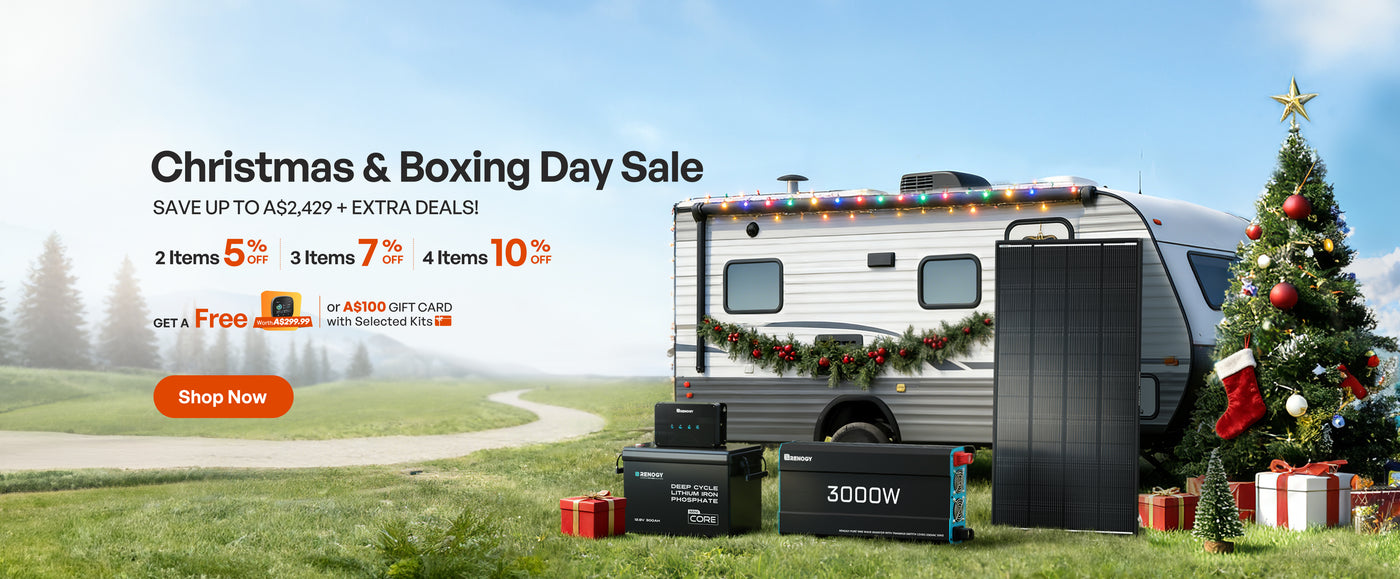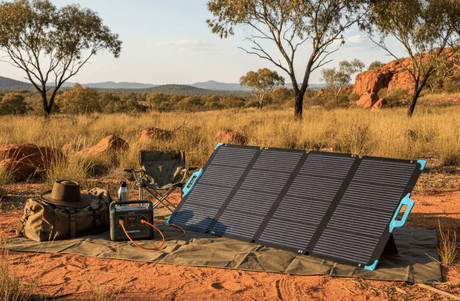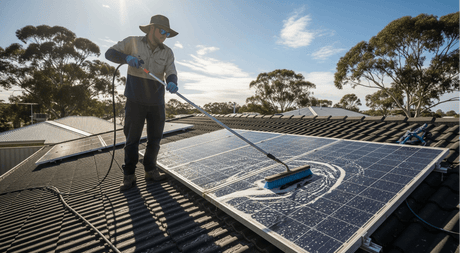Every year more Australians discover the long-term benefits of solar panels, such as lower energy bills, low carbon emissions, and tax benefits.
Solar panel adoption in Australia has been growing exponentially, and with consumers becoming more eco-conscious, solar adoption is expected to grow. But just how long do these benefits last, and what's the average lifespan of solar panels?
This article will explore the answer to that question in detail, looking at lifespan, degradation, and solar ROI over time.
How long do solar panels last?
Solar panels have a very long lifespan, but they don't last forever. The industry's average solar panels lifespan is between 25 to 30 years, but there are many cases of solar panels that have lasted longer. Newer technologies are also expected to outlast older technology that has been used in the previous three decades.
Generally, solar panel manufacturers will provide a 25-year warranty that covers solar panels for their life expectancy. That doesn't mean that after 25 years the solar panels will automatically need to be replaced. However, the panel's ability to absorb sunlight may become reduced and their efficiency may decline.
What is a 'solar panel degradation rate'?
Most photovoltaic (PV) solar panels will reliably last at least 25 years before you start to see them noticeably degrade. However, over time your panels may start to become less efficient. As they get older solar panels can begin to lose some of their ability to absorb sunlight and convert it into solar power.
This gradual decline is referred to as the solar panel's "degradation rate." You won't see good quality panels degrading before they are 20+ years old, but they may start to decline as they reach the end of their lifespan.
Some solar panels may include a degradation rate on their spec, and it's a measurement you may see when researching reputable solar providers. A lower degradation rate is ideal and indicative of a higher quality solar panel.
What causes solar panel degradation?
Degradation is not universal and is often caused by localized issues related to your local climate. Solar panels are incredibly durable, but they can break from extreme physical damage. For example, extremely hot weather may impact a panel's performance. On the other hand, extreme cold or frequent hail storms can also cause damage.
Panels may also get damaged by falling debris such as overturned trees, which can cause microcracks to develop that can eventually crack your entire panel. Other extreme weather events can also cause damage to solar panels over several decades. Solar panels may also see a natural reduction in chemical potency inside the panel's materials.
As solar panels become cheaper to produce and more popular, the market for solar power has expanded. But not all solar panels brands are created equal, and degradation rates can vary significantly between a cheap low-quality brand and a quality solar panel brand.
Higher-quality panels may be slightly more expensive, but they also have lower degradation rates when compared to lower-quality panels. Solar panels with lower degradation rates can produce more energy over their lifetime, giving you a better solar ROI.
It's essential to keep the lifetime value of solar panels in mind when researching and comparing solar panels from different manufacturers. It usually will make more sense in the long term to invest in higher quality panels and see a better return for several decades.The quality of a solar panel is the most significant factor that affects degradation, but weather and maintenance play a role.
Tips to make your home solar panels last longer
There are some measures you can take to extend the lifespan of your solar panels. Regular solar panel maintenance can help, but many of these tips should be applied when you first start planning a new solar system.
Buy new and reputable solar panels
If you buy used solar panels the lifespan will naturally be shorter than brand new panels. It may also be unclear just how old the panels are. Installing used solar panels will cost just as much as installing new solar panels, and you’ll have to do it again that much sooner. If you choose to buy used solar panels be careful to avoid purchasing damaged solar panels. Check carefully for microcracks or other damage unless you are willing and capable of fixing them. While DIY solarinstallations and maintenance are possible, it’s not always advisable - or successful - to fix solar panels yourself.
Hire professional installers
Even the best quality solar panels will underperform if they are improperly installed. Good quality solar panel installation is important because damage can occur during the initial panel connecting and installation process.
You need to be careful and use an experienced, trusted installer. We recommend you research and get quotes from a few different solar contractors and carefully vet them all. Check out our blog if you're looking for more tips on hiring a solar contractor.
A good quality installer will also do regular maintenance checks after installing solar panel kits. These can alert you quickly to any signs of quality degradation in the solar panels. An installer will also notice any issues with the racking.
Regularly clean and maintain your solar panels
Solar panels are actually very low maintenance, but they do benefit from occasional cleaning and maintenance. For example, you should remove snow loads and any other debris from roof solar panels, such as fallen tree branches or leaves. At worst, these debris can become heavy and damage panels. At best, even light leaves can obscure sunlight from reaching your panels, limiting efficiency.
You should also clear panels of any fallen branches or heavy hail. These debris can create damage if they build up and put too much pressure on the panel. Large falling branches may also cause microcracks or break solar panels outright. Your installer will help you place your solar panels so they don't get shaded by large trees, which will improve efficiency and lower the threat posed by falling branches.
You should also remove snow from solar panels if it is not falling off naturally and promptly. If the snow gets left on the solar panels, it can become heavy and pressure the solar panels. Snow that melts and then refreezes can also obscure sunlight and cause microcracks in the panels from extreme cold.
You can easily clear snow or debris off ground-mounted solar panels, but it's best to have a professional clear the debris off roof-mounted systems to avoid any DIY injuries.
When to consider replacing your solar panels
After 20 years, your solar panels will usually still be working at around 90% of their original output.
But if you were an early solar adopter and you've owned panels for around 25-years, it may be too late to extend the lifespan of your panels. If you start noticing your energy bill creeping up, it might indicate that your solar energy system is losing efficiency. Check for any debris or shade that could be lowering efficiency, and if there is no apparent cause, it may be time to invest in new solar panels.
Ultimately if your solar panels no longer produce enough electricity for your home's daily needs, it will be necessary to replace them. If your panels are 25 years old - or older - but still meeting your energy needs, there's no need to get new panels.
What other solar system components might need replacing?
Generally, solar energy systems are a set-and-forget solution. But if you've noticed a decline in efficiency, you may need to replace or upgrade your system or parts of your system. If it's not necessary to completely update your system, replacing some individual parts can be a good bet. You can usually replace parts reasonably easily with your original installer.
A solar installer can help you get the necessary parts for your specific solar power system. Besides panels, other solar system components which may need replacing include:
- Solar panel racks
- Solar panel inverters
- Solar panel batteries
Solar panel racks
Occasionally, the racking of your solar panel system may need replacing. It's unlikely this will be required unless the roof and the racks sustain external damage.
If you have roof problems, you may need to remove and replace solar panel racks when doing roof repairs. To lessen the likelihood of this expensive replacement, you should only install solar panel systems on roofs in good condition. In some cases, installers can reuse your same solar equipment when uninstalling and reinstalling solar panels. But some components may need replacing.
Solar panel inverters
Different inverter types will have different lifespans. Microinverters can last around 25 years, just like solar panels. However, string inverters usually need to be replaced every 10-15 years. If you were an early solar adopter and have an older system, you may need to update your inverters.
If you're lucky, then your solar inverter will still be within the warranty period, in which case the manufacturer will replace it. But if the inverter is lasting well and on the older side, it's likely to have passed the warranty period.
Solar panel batteries
Not everyone has a solar battery with their system, but if you do, it will usually have a shorter lifespan than your panels. Solar batteries will usually need replacing over time. Often, you can replace only the internal battery without needing to replace the entire system that controls it. It's relatively easy to DIY this upgrade by sliding out the original batteries and sliding the new ones back in.
Can you extend the solar panel lifespan?
It is possible to extend the lifespan of a solar panel with regular maintenance. Clearing snow, tree branches, leaves, and other debris off your roof and panels will help extend the life of your solar panel system.
However, many factors that affect your panel's lifespan, such as weather, can't be controlled. The quality of your solar panels and the solar installer will also pre-determine the lifespan of your system from the outset.
Conclusion
There have been exceptional advances in solar technology over the past few decades. These advances in technology combined with dependable warranties, and high-quality solar panels allow everyday Australian’s to create long-lasting clean energy solutions for their households.
Good quality solar panels from a brand like Renogy are durable, long-lasting, and not prone to defects. When installed by a trustworthy solar contractor and properly maintained, a Renogy solar panel's lifespan can extend beyond 25 years.







![What Is a DC to DC Battery Charger [Comprehensive Guide]](http://au.renogy.com/cdn/shop/articles/IMG_3829_bd86de74-31d6-49fd-b9d5-265bb723091d.jpg?v=1757582605&width=460)


